SOURCE: RAUNAK KUNDE / NEWS BEAT / IDRW.ORG
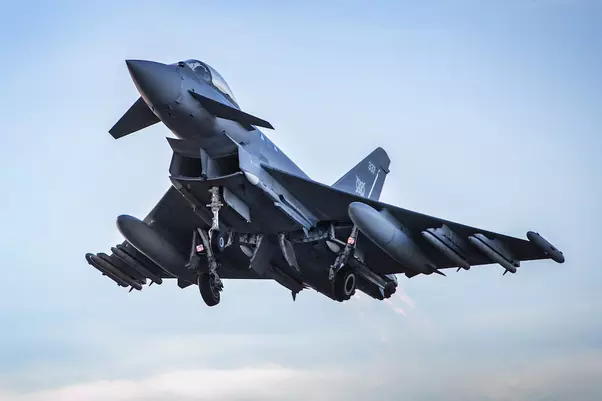
Airbus is throwing its hat in the ring for India’s massive Medium Multi-Role Fighter Aircraft (MRFA) tender, offering its latest iteration of the Eurofighter Typhoon. This Tranche 5 variant promises a significant leap in capability, aiming to secure a place among the 114 jets India seeks to acquire.
The Block 5 Eurofighter boasts a suite of advanced features, including the E-Scan active electronically scanned array (AESA) radar. This powerful sensor provides superior situational awareness and target tracking, crucial for modern air combat. Additionally, the Eurofighter benefits from enhanced defensive aids and a human-machine interface (HMI) designed for optimal pilot performance.
Continue readingSOURCE: RAUNAK KUNDE / NEWS BEAT / IDRW.ORG

India’s Defence Research and Development Organisation (DRDO) has received the green light to develop a critical component for a new long-range, air-launched weapon a Low Observable Air-Launched Cruise Missile (LOALCM). This project signifies a significant advancement in India’s air attack capabilities.
DRDO will develop a cutting-edge Low Observable (LO) Active Electronically Scanned Array (AESA) seeker. This advanced technology incorporates special materials and shaping to minimize radar signature, making the missile significantly harder for enemy radars to detect. This enhanced stealth capability allows the missile to penetrate enemy defence more effectively and strike high-value targets with greater precision.
Continue readingSOURCE: RAUNAK KUNDE / NEWS BEAT / IDRW.ORG
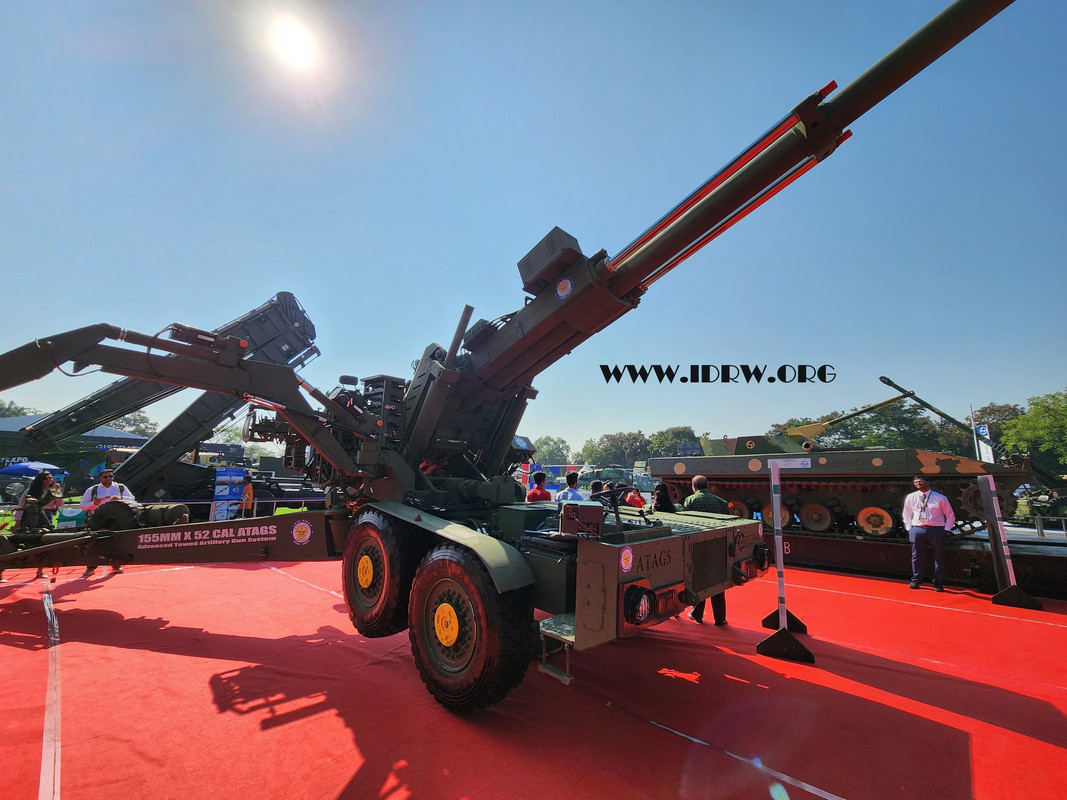
Bharat Forge chairman Baba Kalyani has shed light on some of the advanced technologies incorporated into the Advanced Towed Artillery Gun System (ATAGS) a 155 mm/52 calibre towed howitzer being developed for the Indian Army. These advancements position the ATAGS as a formidable weapon system at the forefront of artillery innovation.
One of the significant improvements attributed to AI involves a reduction in the ATAGS’s turning circle. This is achieved by employing AI techniques that utilize two Linear Variable Differential Transformers (LVDTs) arranged in a triangular configuration connected to the towing vehicle. The AI system likely processes data from these sensors to optimize the gun’s positioning and minimize the space required for maneuvering during deployment.
Continue readingSOURCE: IDRW.ORG.
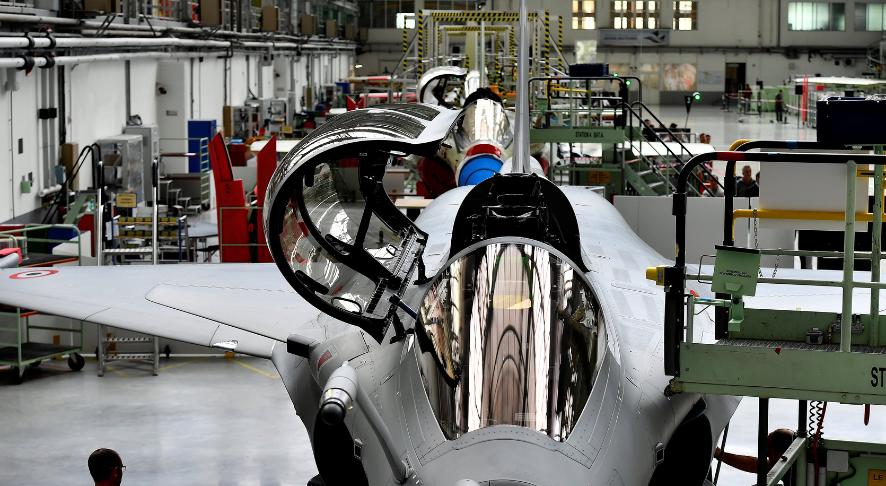
Defense Analyst Ranesh Rajan, in an interview with idrw.org, has cast doubt on the viability of acquiring 114 Rafale fighter jets under the Make in India program within the framework of the Multi-Role Fighter Aircraft (MRFA) tender.
Rajan argues that the sheer cost of such a large-scale purchase, estimated at around $25 billion, could put significant strain on India’s defense budget. He suggests that prioritizing this acquisition might delay or even derail funding for crucial domestic projects like the Tejas MkII and AMCA fighter jets.
Continue readingSOURCE: IDRW.ORG.
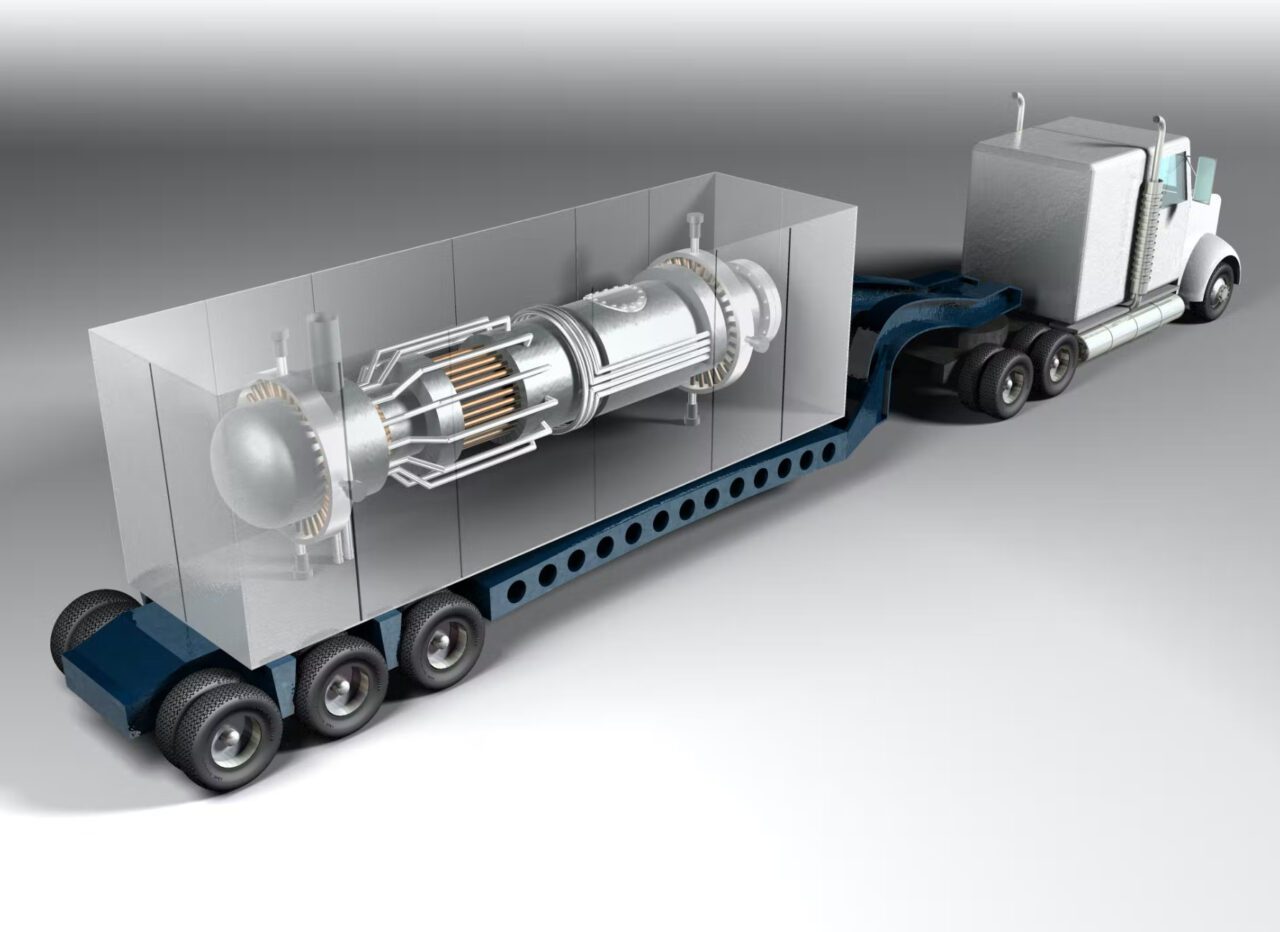
The Bhabha Atomic Research Centre (BARC) is reportedly developing a mobile reactor technology with wide-ranging applications. While details remain undisclosed by BARC, experts believe it could be a dual-use system, potentially impacting both civilian and military sectors.
The concept of a mobile reactor presents exciting possibilities. It could provide a reliable and continuous power source for remote locations currently lacking access to traditional infrastructure. This could be particularly beneficial for regions with challenging terrain or underdeveloped grids.
Continue readingSOURCE: RAUNAK KUNDE / NEWS BEAT / IDRW.ORG

Bharat Forge, led by Chairman and Managing Director Baba Kalyani, has taken a significant step forward in artillery innovation with the development of a 155mm 39 calibre truck-mounted gun system. This news comes alongside the revelation that the company is already working on an even more powerful variant – a 155mm 45 calibre truck-mounted gun system.
The 39 calibre system boasts a 4×4 wheeled truck platform, offering high mobility and adaptability for various terrains. This design has already proven its worth, securing a substantial 72-unit order from Armenia. The Indian Army has also shown interest, in conducting trials to assess its performance in diverse Indian landscapes.
Continue readingSOURCE: RAUNAK KUNDE / NEWS BEAT / IDRW.ORG
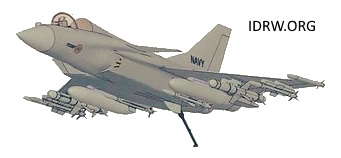
In a recent media interaction, Vice Admiral Satish Namdeo Ghormade, the serving Vice Chief of Naval Staff (VCNS), provided insights into the development of the Twin Engine Deck Based Fighter (TEDBF) program for the Indian Navy.
Admiral Ghormade assured that the TEDBF program is progressing as per a carefully crafted plan, considering the available resources. The first test flight is anticipated within the next 3-4 years.
Continue readingSOURCE: RAUNAK KUNDE / NEWS BEAT / IDRW.ORG

The Indian Embassy in Cairo is actively promoting Indian-made defence equipment, with a particular focus on the Akash air defence system, according to sources familiar with the program. Discussions are reportedly underway between India and Egypt regarding the potential sale and local production of Akash missiles.
Egypt boasts one of the most robust and well-organized air defence systems in the Middle East. However, a significant portion of its arsenal consists of ageing Soviet-era technology, including MIM-23 Improved Hawk missiles,2K12 Kub (SA-6 Gainful) systems, Indigenously produced Tayer el-Sabah (SA-2 Guideline) missiles, Upgraded S-125 Pechora-M (SA-3) systems.
Continue readingSOURCE: IDRW.ORG
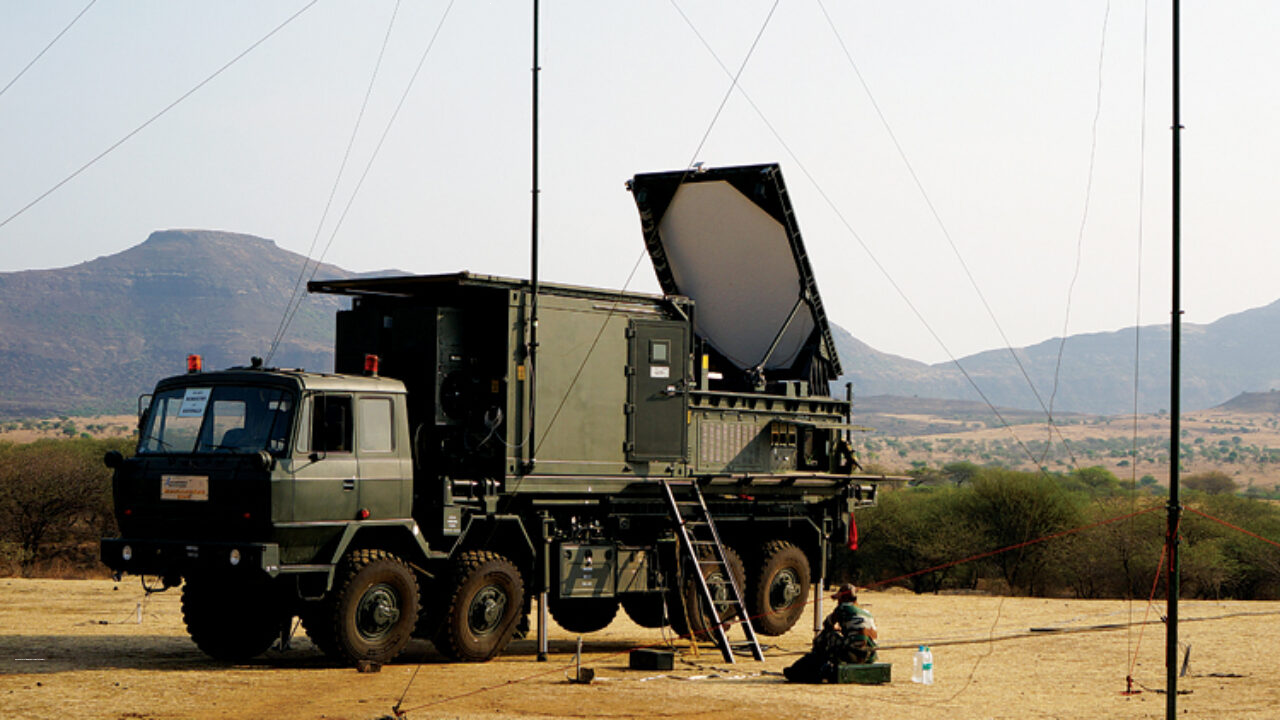
The Indian Army faces a critical gap in its artillery armory – a scarcity of Weapon Locating Radars (WLRs). With only 48 WLRs currently operational and another 12 on order, the force struggles to effectively counter enemy artillery fire.
This deficiency becomes especially concerning when considering the size of the Indian Army. It boasts 59 artillery brigades, each equipped with approximately 48-54 artillery pieces. By 2 025/26, the allotment aims to provide each brigade with just one WLR, leaving a significant portion vulnerable.
Continue readingSOURCE: IDRW.ORG TEAM
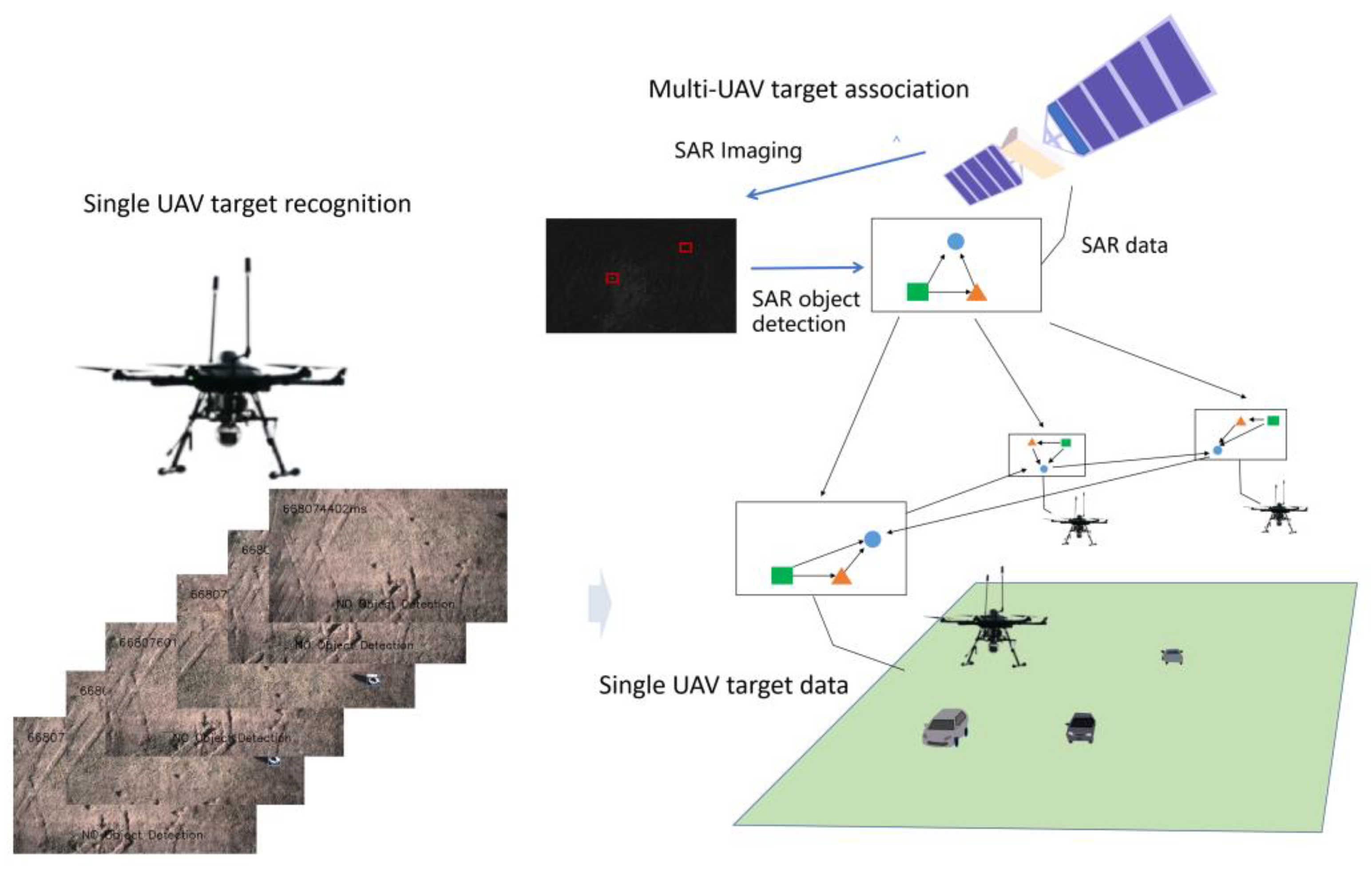
Indian startup Edith Defence Systems has secured second place in the prestigious Dare to Dream 4.0 Award competition organized by the Defence Research and Development Organisation (DRDO). This recognition highlights their innovative work in target seeking and proximity sensing technologies.
The winning system is a miniaturized radar payload designed for the Defender X2 unmanned aerial vehicle (UAV). This innovative technology offers several key functionalities:
Continue readingSOURCE: RAUNAK KUNDE / NEWS BEAT / IDRW.ORG
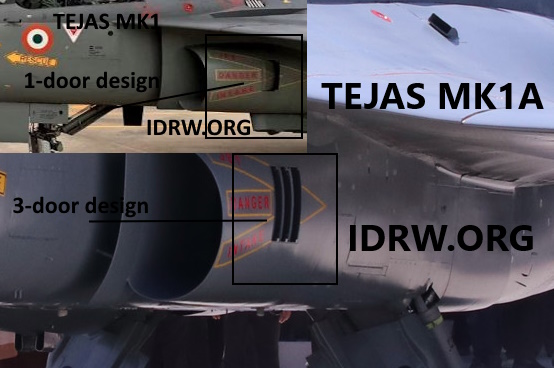
The Light Combat Aircraft (LCA) Tejas program recently unveiled the Mk1A variant sporting a significant upgrade to its air intake system.
The most noticeable change in the Mk1A lies in its Auxiliary Air Intake Doors (AAID). Earlier versions, the Mk1, featured a single-door design. The Mk1A adopts a novel 3-door configuration, marking a significant shift in approach. The impetus for this change stemmed from extensive performance studies focused on a newly proposed 3-door auxiliary intake. These studies aimed to achieve two crucial objectives of the Enhanced Low-Speed Performance to improve pressure recovery at low speeds, a factor crucial for optimal engine performance during takeoff and landing.
Continue readingSOURCE: RAUNAK KUNDE / NEWS BEAT / IDRW.ORG
Air Marshal Ashutosh Dixit, Deputy Chief of the Indian Air Force (IAF), has hinted at a potential increase in the production rate of the Light Combat Aircraft (LCA) Tejas Mk1A. This positive outlook coincides with the anticipated opening of a third HAL (Hindustan Aeronautics Limited) production plant in Nashik by 2025.
The establishment of the Nashik facility is expected to significantly enhance HAL’s production capabilities. Air Marshal Dixit suggests this could lead to a ramp-up in Tejas Mk1A deliveries, potentially rising from the current 16 units per year to 24 units per year.
Continue readingSOURCE: RAUNAK KUNDE / NEWS BEAT / IDRW.ORG
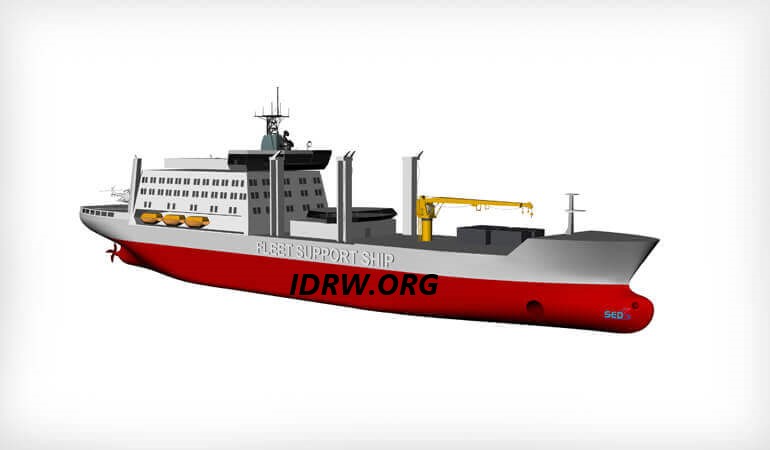
Kochi-based Smart Engineering & Design Solutions (India) Private Ltd. has been selected by Hindustan Shipyard Limited (HSL) to provide design collaboration for the development of India’s crucial Five Fleet Support Ships (FSS) program.
The vessel boasts a diesel propulsion system (CODAD) with a single shaft configuration and CPP (Controllable Pitch Propeller) for efficient operation.
Continue readingSOURCE: IDRW.ORG
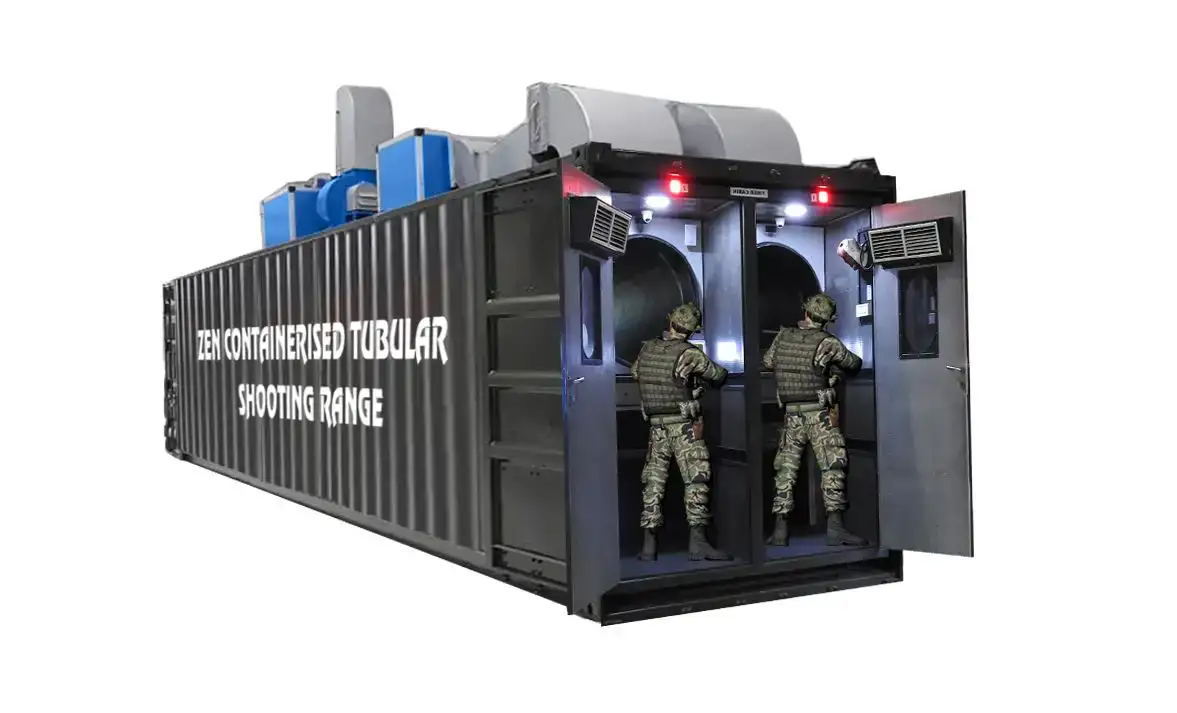
Zen Technologies Limited, a leading defense training solutions provider based in Hyderabad, is looking to expand its reach beyond land-based combat training. Already a force to reckon with in its domain, with over 40 land-based Combat Training Simulators supplied to the Indian Army, Zen Technologies has set its sights on developing similar systems for the Indian Air Force and Indian Navy.
The company is currently in talks with both branches of the Indian military to create comprehensive training simulators for warship crew and fighter jet pilots. These advanced simulators would provide a realistic training environment, allowing aircrews and naval personnel to hone their skills and practice complex maneuvers in a safe and controlled setting.
Continue readingSOURCE: IDRW.ORG TEAM.
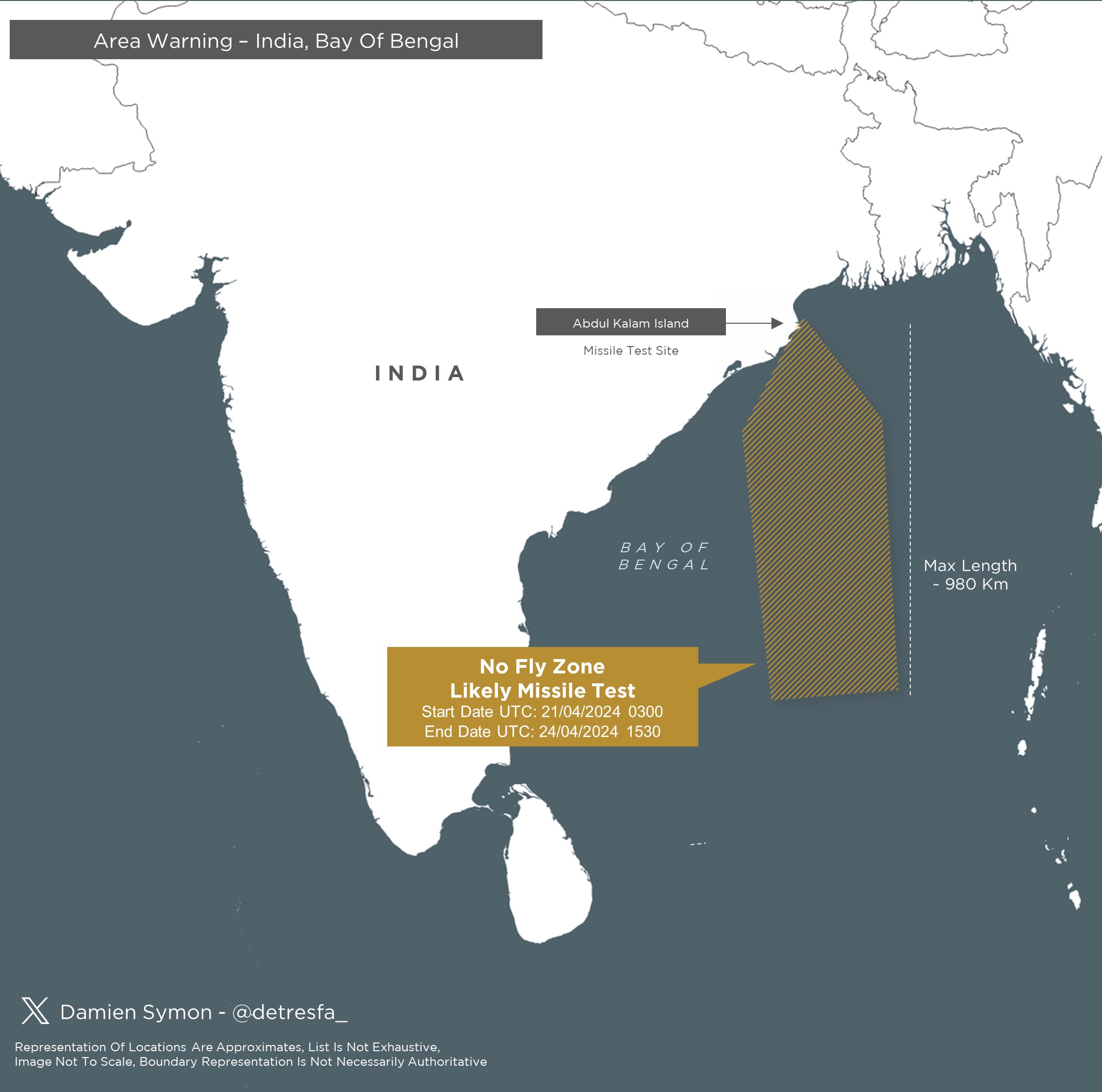
India has issued a Notice to Airmen (NOTAM) establishing a no-fly zone over the Bay of Bengal region from April 21 to 24, 2024. This move typically precedes a missile test, and experts believe it’s likely connected to the testing of an Indian missile system.
The designated airspace encompasses a 980-kilometer trajectory, hinting at a test for a long-range missile. This characteristic aligns with the profile of the Indigenous Technology Cruise Missile (ITCM) project by India’s Defense Research and Development Organization (DRDO). The ITCM is a sub-sonic cruise missile designed for long-range deterrence.
Continue reading